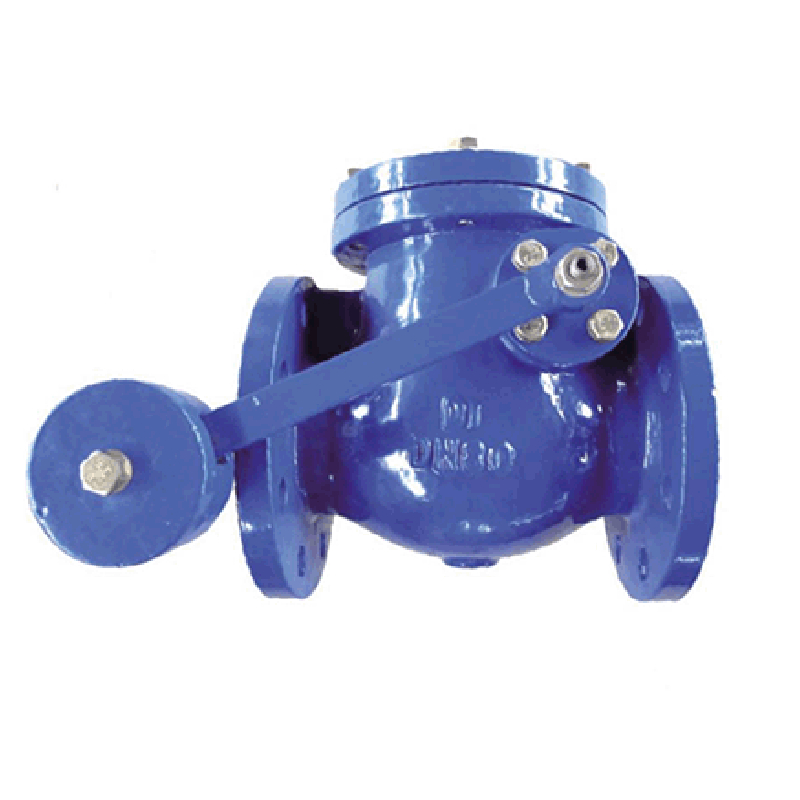Jan . 02, 2025 15:18 Back to list
y strainer
The Importance of Y-Strainers in Fluid Systems
In various industries where fluid management is critical, the Y-strainer is an essential component that plays a vital role in ensuring system efficiency and reliability. Understanding what Y-strainers are, how they function, and their applications can significantly enhance the performance and longevity of fluid systems. This article delves into the details of Y-strainers, their working principles, benefits, and common applications.
What is a Y-Strainer?
A Y-strainer is a type of filter used mainly in piping systems to remove unwanted solids from liquids and gases. Its name derives from its Y-shaped configuration, which not only provides an effective filtration mechanism but also allows for easy maintenance. These strainers are available in various materials, including stainless steel, carbon steel, and plastic, making them suitable for a wide range of applications.
How Does a Y-Strainer Work?
The primary function of a Y-strainer is to prevent particulate matter from entering the piping system. When fluid flows into the strainer, it enters through the inlet port and passes through a mesh or perforated screen, capturing contaminants while allowing clean fluid to continue through the system. The design permits easy access for cleaning, typically through a removable clean-out cap that allows for the removal of accumulated debris without having to take apart the piping system.
Benefits of Using Y-Strainers
1. Protecting Equipment One of the most significant advantages of using a Y-strainer is its ability to protect downstream equipment such as pumps, valves, and compressors from damage caused by sediment and debris. By filtering out larger particles, Y-strainers help maintain the functionality and efficiency of the entire system.
2. Easy Maintenance The design of Y-strainers makes them relatively simple to maintain. Regular inspections and cleans are essential, but the accessible clean-out option helps reduce downtime, allowing for quick servicing without extensive disassembly of the piping layout.
y strainer

3. Versatility Y-strainers can handle various types of fluids, making them highly versatile. Whether dealing with water, oil, chemicals, or even gaseous substances, there’s a Y-strainer suitable for the task, allowing for use in diverse sectors such as water treatment, chemical processing, and oil and gas.
4. Cost-Effectiveness By preventing system failures and reducing maintenance costs, Y-strainers present a cost-effective solution over time. The initial investment is often outweighed by the long-term gains in efficiency and the prevention of equipment damage.
Applications of Y-Strainers
Y-strainers find use in a multitude of industries
- Water Treatment Plants They are commonly employed to filter out particulate matter in water supply systems, ensuring clean and safe drinking water. - Chemical Processing In chemical plants, Y-strainers help prevent contamination of processes by removing particulates from the catalysts, ensuring product quality.
- Oil and Gas Industry These strainers are crucial in upstream and downstream operations to protect sensitive equipment from debris that could impair operation.
- HVAC Systems In heating, ventilation, and air conditioning systems, Y-strainers contribute to optimal operation by maintaining the cleanliness of circulation systems.
Conclusion
Y-strainers are often overlooked, yet they serve a fundamental purpose in maintaining fluid systems. By providing a reliable method for removing contaminants, they help protect valuable assets and ensure smooth operations across various industries. Their ease of maintenance, versatility, and overall cost-effectiveness make them indispensable components in modern fluid management systems. As industries continue to evolve and demand greater efficiency and reliability, the Y-strainer will remain a vital player in safeguarding the integrity of diverse processes. Investing in quality Y-strainers and implementing regular maintenance schedules can significantly enhance operational success and the longevity of equipment in any fluid system.
Share
-
Reliable Wafer Type Butterfly Valves for Every IndustryNewsJul.25,2025
-
Reliable Flow Control Begins with the Right Ball Check ValveNewsJul.25,2025
-
Precision Flow Control Starts with Quality ValvesNewsJul.25,2025
-
Industrial Flow Control ReliabilityNewsJul.25,2025
-
Engineered for Efficiency Gate Valves That Power Industrial PerformanceNewsJul.25,2025
-
Empowering Infrastructure Through Quality ManufacturingNewsJul.25,2025


